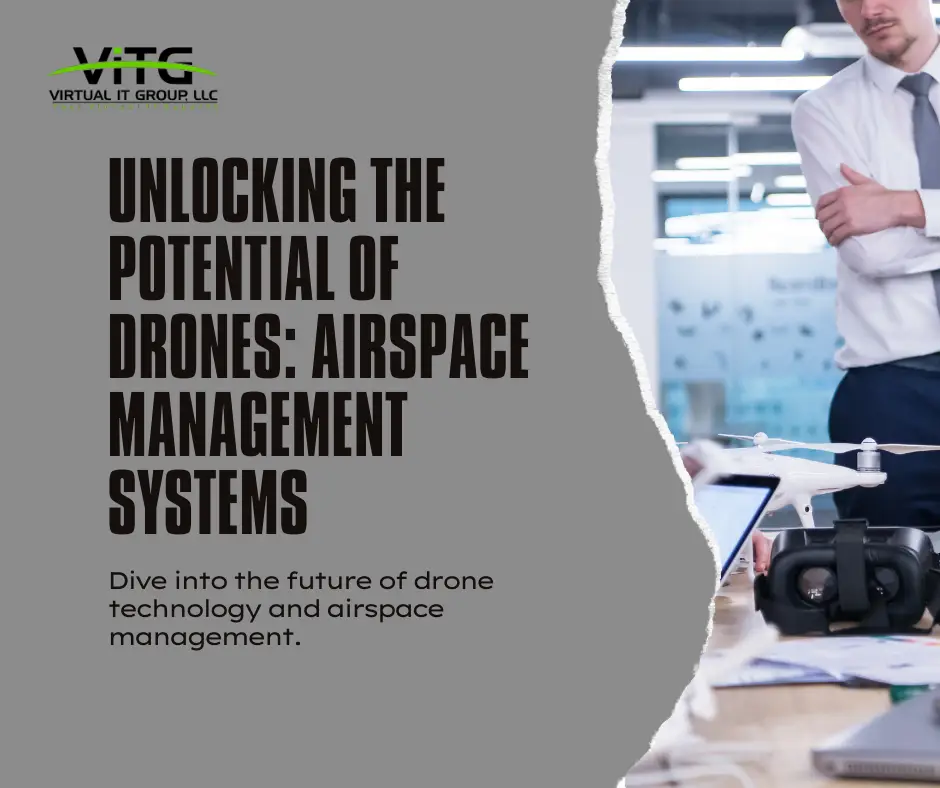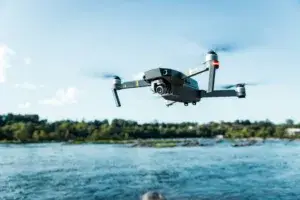Drones, also known as Unmanned Aerial Systems (UAS), have rapidly evolved from hobbyist toys to powerful tools with diverse applications across various industries. From delivering medical supplies in remote areas to inspecting infrastructure and monitoring agricultural fields, the potential of drones is vast and continues to grow. However, with this growth comes the need for safe and efficient airspace management. This is where Airspace Management Systems (AMS) come into play.
The Need for Airspace Management Systems
As the number of drones in the sky increases, so does the potential for conflicts and safety concerns. Traditional air traffic control systems, designed for manned aircraft, are not equipped to handle the unique challenges of drone operations.
AMS provides a framework for managing drone traffic, ensuring safe and efficient integration into existing airspace. These systems offer a range of functionalities, including:
- Flight Planning and Authorization: AMS allows drone pilots to submit flight plans, request airspace authorization, and receive real-time updates on restrictions and potential conflicts.
- Traffic Awareness and De-confliction: AMS provides pilots with a clear picture of other drones and manned aircraft in the vicinity, helping them avoid collisions and maintain safe separation.
- Geofencing and Restricted Areas: AMS can define virtual boundaries and restricted areas, preventing drones from entering unauthorized zones.
- Real-time Tracking and Monitoring: AMS enables authorities to track drone movements in real-time, ensuring compliance with regulations and providing valuable data for safety analysis.
Benefits of Airspace Management Systems
The implementation of AMS offers numerous benefits for both drone operators and the broader aviation community:
- Enhanced Safety: AMS reduces the risk of collisions and accidents by providing a structured and controlled environment for drone operations.
- Increased Efficiency: By streamlining flight planning and authorization processes, AMS can significantly improve the efficiency of drone operations.
- Unlocking New Applications: AMS paves the way for more complex and sophisticated drone operations, such as Beyond Visual Line of Sight (BVLOS) flights and autonomous missions.
- Economic Growth: A robust and safe drone ecosystem facilitated by AMS can unlock new economic opportunities and create jobs across various industries.
Examples of Airspace Management Systems
Several companies and organizations are developing and deploying AMS solutions around the world. Here are some notable examples:
- AirMap: A leading provider of global airspace awareness and drone traffic management solutions. [invalid URL removed]
- Altitude Angel: A UK-based company offering a suite of UTM (Unmanned Traffic Management) software and services.
- Garmin Unmanned Systems: A division of Garmin specializing in developing and integrating drone technology, including airspace management solutions. [invalid URL removed]
The Future of Airspace Management
As the drone industry continues to mature, AMS will play an increasingly critical role in ensuring safe and efficient drone operations. Continued collaboration between industry players, regulators, and research institutions is essential to develop and implement comprehensive and scalable AMS solutions.
Conclusion
The rise of airspace management systems is crucial for unlocking the full potential of drones. By providing a framework for safe and efficient drone operations, AMS will pave the way for a future where drones seamlessly integrate into our skies, revolutionizing various industries and improving our lives in countless ways.
If you want to know more about the latest tech news and trends, visit our site now!


